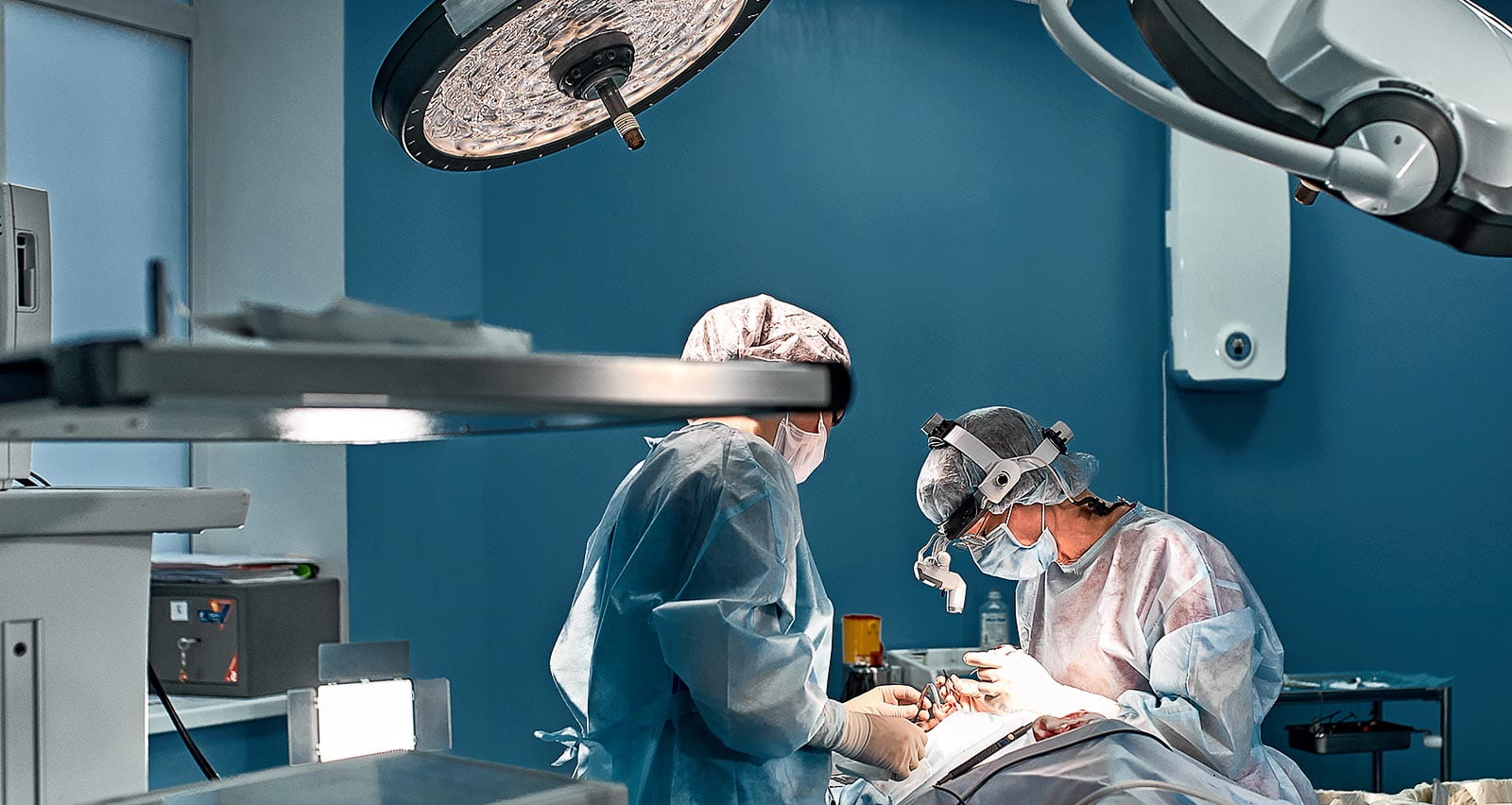
Expertise in Facial Trauma Repair
Facial trauma encompasses injuries to the soft tissues (skin and muscles) or bones of the face such as the jaw, nose, cheekbones or eye sockets. Often caused by car accidents, sports injuries or burns, traumatic facial injuries can impact both appearance and essential functions like breathing, speaking and chewing.
The facial plastic surgeons at University Hospitals offer the most advanced surgical techniques to restore both function and appearance and help patients regain confidence and quality of life.
Make an Appointment
To schedule a consultation with a UH facial plastic surgeon, call 216-844-3223.
Find a UH Facial Plastic SurgeonEmergency Care and Treatment for Traumatic Facial Injuries
Treatment for traumatic facial injuries often begins in the emergency room. The ER team will assess the location and severity of the damage, often using imaging tests like CT scans to assist in their evaluation. Sometimes, immediate surgery is necessary to stabilize the patient.
Additional specialists may be called in to consult, including ophthalmologists for eye injuries, otolaryngologists (ENT) for ear, nose or throat involvement and dermatologists if the primary issue is skin damage. Facial plastic surgeons will almost always be consulted for any traumatic injury to the face.
Facial Trauma Repair Surgery
The surgical approach to facial reconstruction surgery is highly personalized based on the location and severity of the injury, as well as the patient’s needs and expectations. The surgeon’s goal will always be to restore or preserve function while achieving the most natural appearance possible.
Some injuries will require only one or two procedures, while complex reconstructions might be planned in multiple stages. Common procedures include:
- Fracture repair. Broken facial bones are reset to their original position and stabilized, often using plates, screws or wires to secure them in place and ensure proper healing. In some cases, bone tissue may be borrowed from the hip, leg or ribs to rebuild bony structures that are too damaged to regenerate.
- Soft tissue repair and reconstruction. Suturing and specialized stitching techniques are used to close wounds and minimize scarring. In cases of significant tissue loss, skin grafts from other areas of the body may be used to restore skin and improve appearance.
- Nerve repair. Microsurgical techniques are used to restore sensation and muscle movement if facial paralysis is a complication after traumatic facial injury.
- Microvascular free tissue transfer. A complex procedure, this technique takes skin, bone or muscle from one part of the body and transplants it along with its blood supply to the face. The tiny blood vessels are carefully reconnected at the new site to ensure the transplanted tissue survives.
Recovery after Facial Trauma Repair Surgery
Recovery time will vary based on the severity of the injury and the procedures performed. Most patients will require hospitalization to monitor for infection or other complications after surgery. After discharge, numerous follow-up visits with the surgeon will be necessary. And, because facial trauma can have a significant impact on a person's self-esteem and quality of life, psychological counseling may be recommended during the recovery period.
After initial healing is complete and the outcome can be evaluated, addition procedures to refine and enhance the results may be an option. These may include:
- Scar revision. For patients with prominent scars, laser treatments, steroid injections or surgical revisions can smooth and blend scars into surrounding skin.
- Rhinoplasty. Nasal reconstruction to further enhance the appearance and function of the nose.
- Blepharoplasty. Eyelid surgery to improve function and appearance of the eyelids.
- Otoplasty. Reconstruction and refinement procedures to enhance appearance of the ears.
Make an Appointment
Schedule a consultation with a UH facial plastic surgeon.


